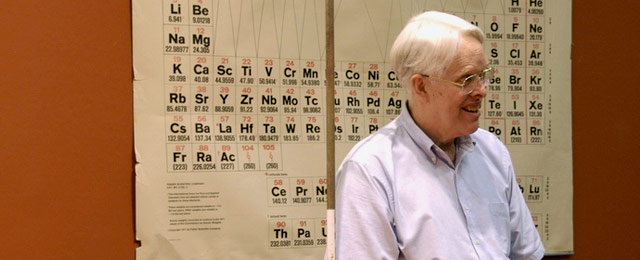Freshman Organic Chemistry I

This is the first semester in a two-semester introductory course focused on current theories of structure and mechanism in organic chemistry, their historical development, and their basis in experimental observation. The course is open to freshmen with excellent preparation in chemistry and physics, and it aims to develop both taste for original science and intellectual skills necessary for creative research.
This Yale College course, taught on campus three times per week for 50 minutes, was recorded for Open Yale Courses in Fall 2008.
Syllabus
This is the first semester in a two-semester introductory course focused on current theories of structure and mechanism in organic chemistry, their historical development, and their basis in experimental observation. The course is open to freshmen with excellent preparation in chemistry and physics, and it aims to develop both taste for original science and intellectual skills necessary for creative research.
Reading assignments, problem sets, PowerPoint presentations, and other resources for this course can be accessed from Professor McBride’s on-campus course website, which was developed for his Fall 2008 students. Please see Resources section for each individual lecture.
The course grade is based on a 650-point system: 100 points for each of the three hour-long midterm examinations, 300 points for the three-hour final examination, and 50 points for participation in the course Wiki. In borderline cases, faithfulness in completing and submitting problem sets will be considered.
Midterm Examination 1: 100 points
Midterm Examination 2: 100 points
Midterm Examination 3: 100 points
Course Wiki: 50 points
Final Examination: 300 points